I've got a simple plot with the year on the x axis and population on the y axis. Why does the year have decimal at the end of it? I'm not sure how to format this. It's a numeric in a data frame.
dput(head(that[,c("year","pop")]))
structure(list(year = c(2010, 2011, 2012, 2013, 2014, 2015),
pop = c(9574323, 9657592, 9749476, 9843336, 9932887, 10031646
)), row.names = c("1", "2", "3", "4", "5", "6"), class = "data.frame")
ggplot(that, aes(year, pop)) +
geom_point() +
geom_smooth(method = "lm", se = FALSE )
